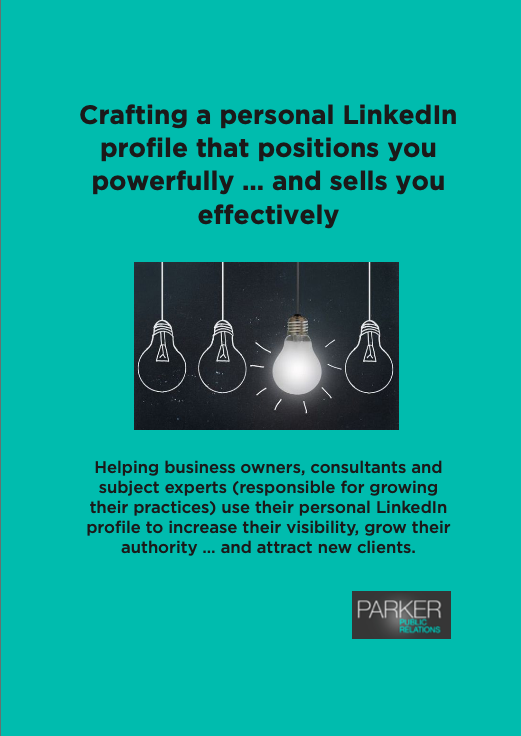Until recently, academics have reigned supreme as our thinkers and thought leaders.
However, with our growing emphasis on the knowledge economy, more and more CEOs, senior executives and business people are stepping into this role or weighing up whether or not to get involved.
Sadly many of those taking up the challenge are getting it wrong.
Why? Because they continue to view thought leadership as ‘just another marketing strategy’ best left to their corporate affairs or marketing department.
As a result they are missing out on a wonderful opportunity to personally build rapport and trust with their customers and business partners and to position their companies as clever, innovative and audience-focussed.
So what should CEOs be doing to rectify the problem?
1. Manage your thought leadership yourself
Don’t outsource the development and management of thought leadership content to your PR or marketing department. Do it yourself.
After all, says John Rampton in his terrific piece in Smart Company:
“… the underlying premise of ‘thought leadership’ is that the CEO got to where they are by collecting knowledge and skills, and developing the aptitude to oversee a company. That’s why most people don’t really want to hear from a marketing manager about what’s happening in the company.”
Managing the thought leadership process yourself means that your words don’t have to be carefully crafted and fine-tuned. They need to come from you heart and be written as you speak.
After all, it’s not about how you say something but rather about what you say and the depth of your ideas and the value you provide your audience!
2. Promote valuable ideas, not your business and yourself
Thought leadership content, says John Rampton, should go well beyond promoting your business and your work and should look at both changing the nature of your industry and raising the value of ideas and the spread of information within your field or ecosystem.
So if you’re looking to be an effective thought leader, you shouldn’t be slavishly self-promoting. Rather you should be helping your audience solve a problem or fill a need with your ideas.
3. Embrace social media
Creating and managing your thought leadership content also means engaging with social media, something a significant proportion of CEOs don’t. In fact a survey by CEO.com revealed that over 60% of CEOs didn’t even have a social media presence. Some believe it would be distracting or could even hurt them and their companies.
However, social media content IS without a doubt where thought leadership needs to start –especially when a CEO opts to take centre-stage stage rather than leaving it to the ‘team’, says John Rampton.
A word of advice – there is no pressure to engage on every social media platform at your disposal. Instead pick a few and do them really well. For me, blogging and LinkedIn have been my go-to channels, but I also regularly use Twitter to further disseminate my content and gather responses.
However, do keep in mind; thought leadership isn’t just about social media. It’s about embracing the myriad of communications’ platforms at your disposal – publicity, podcasting, public speaking, forums, website content, white papers, business books and so on.
4. Create an underlying strategy
While CEOs need to take the reins and establish an authentic voice on social media and elsewhere, PR and marketing departments need to devote a portion of their overall content marketing plan to their leaders’ messaging.
Alternatively, you could manage much of this planning yourself.
After all, you’re the one at the receiving-end of feedback to your blog or social media or out there pressing the flesh with your customers and other industry leaders. Keep a list of the questions being asked or the ideas that crop up and use them in your content and stories.
This will ensure your information is topical, pertinent and most importantly, valuable.
5. Measure your results
Lastly, take the time to measure the results of your content just as you would for an ordinary marketing campaign.
That can help confirm why it’s so important for you to become a well-known expert in your field–and keep up your momentum.
A final word from John Rampton:
“… once a CEO realizes they can create a competitive advantage and position their companies as innovative and audience-focused, thought leadership starts looking a lot more valuable. It can quickly become a virtuous circle, too: The more effort you put into getting your ideas out there, and the more they catch on, the greater the likelihood that people will share your content more and more widely …”
If you are interested in thought leadership coaching or a strategy workshop we’d love to talk with you. To get in touch, contact Wendy at wendy@parkerpublicrelations.com.au


